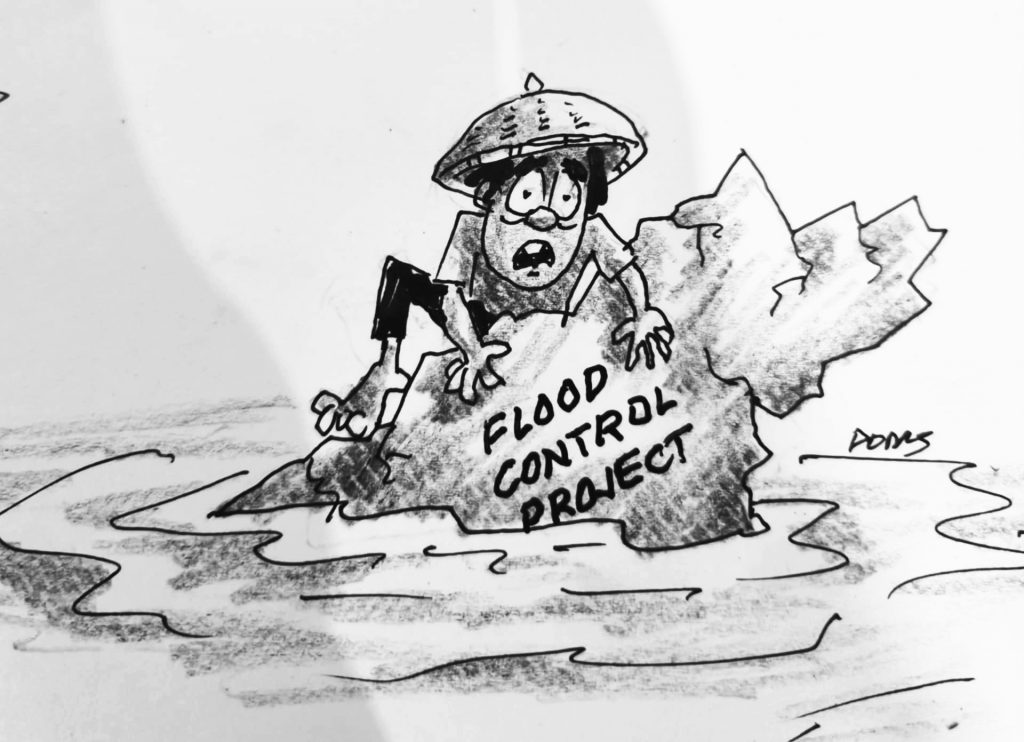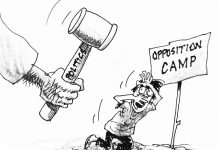Flood-control projects in Eastern Visayas deserve scrutiny alongside those in other parts of the country. If the Senate is serious about uncovering anomalies within the Department of Public Works and Highways (DPWH), these projects must not be spared from investigation. Patterns of irregularities are often uniform nationwide, and no region should be exempt.
Eastern Visayas has long been among the country’s most disaster-prone regions, bearing the brunt of typhoons and storm surges. Billions have been poured into flood-control and drainage systems in Tacloban City, Palo, Ormoc, and other areas, with projects spanning river embankments, seawalls, and drainage canals. Yet, despite these massive expenditures, flooding continues to cripple communities every time heavy rains pour, raising doubts about whether these projects are truly effective or merely substandard undertakings carried out for formality’s sake.
Reports from residents reveal how newly constructed or rehabilitated drainage systems easily clog, canals overflow, and floodwaters linger for hours or even days. In some places, flood-control structures appear hastily built, with cracks and collapses evident after only a few years of service. Such conditions highlight not only poor workmanship but also possible corruption, where funds intended for high-quality materials and durable designs may have been diverted elsewhere. This mirrors allegations in other regions, where DPWH projects are under fire for being overpriced, unnecessary, or riddled with ghost contracts.
The Senate’s ongoing investigation into questionable DPWH transactions should therefore extend its focus to Eastern Visayas. To limit probes only to the capital or select provinces is to ignore a systemic problem that affects the entire nation. Every peso wasted on defective or inutile infrastructure robs communities of their right to safety and development. If oversight is selective, corrupt practices will persist unchecked in regions far from the media spotlight, perpetuating suffering among the people most vulnerable to disasters.
All flood-control projects should undergo thorough auditing, technical evaluation, and on-site inspection by independent bodies not beholden to political interests. Accountability must be demanded from contractors and officials alike, and sanctions must be swift and unforgiving. Only then can the public trust that funds allocated to protect lives and property from floods are serving their true purpose, rather than enriching a few at the expense of many.




